Building an LGBTQ+ family: How to Become Parents
Lesbian, gay, bisexual, and transgender parents have many options when it comes to planning how they’d like to become parents. There are many ways to become parents, and the family situation you choose is entirely up to you! LGBTQ+ individuals can get pregnant through traditional gender-inclusive means, such as giving birth, adoption, or surrogacy. At the same time, others may pick to use assisted reproductive technology such as egg/sperm donor, IUI, and IVF.
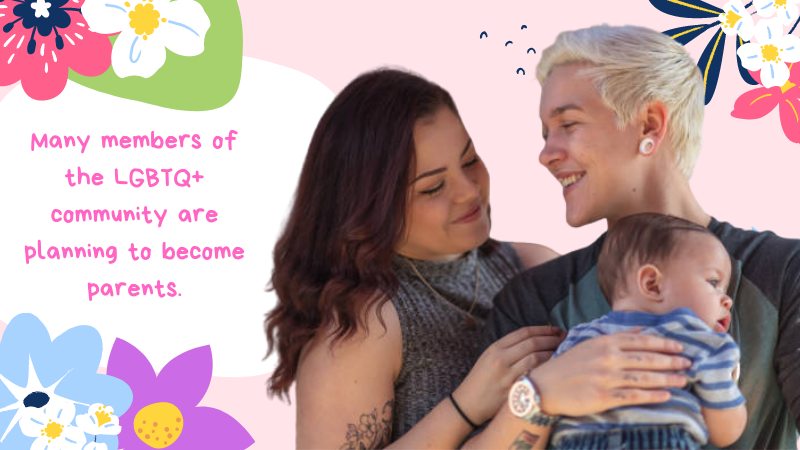
According to a recent LGBTQ+ family building survey, many members of the LGBTQ+ community are planning to become parents. The survey reveals that millennials, in particular, have opinions that differ significantly from older generations when it comes to building families. 63% of LGBTQ millennials have considered expanding their families by having children. The majority of them also plan to use assisted reproductive technology, foster care, or adoption as means of achieving this goal. This is a shift away from older generations of LGBTQ+ parents who were conceived through intercourse with an opposite-gender partner whom they married and eventually divorced. Adoption and foster care are popular choices in this respect, but many believe that LGBT individuals and couples cannot adopt or look after foster children. However, this misconception is untrue. You can choose between a private agency or the state when it comes to adopting your child.
ART or Assisted Reproductive Technology is the act of using technological methods to facilitate conception in cases where regular means don’t work. Such technologies enable couples to achieve pregnancy if their fertility rate is below a certain level, or when issues like miscarriages are an issue. More specifically, ART techniques include egg/sperm donor, surrogacy, Intrauterine insemination (IUI), and In Vitro Fertilization (IVF). Let’s discuss them one by one further below.
1. LGBTQ+ Families
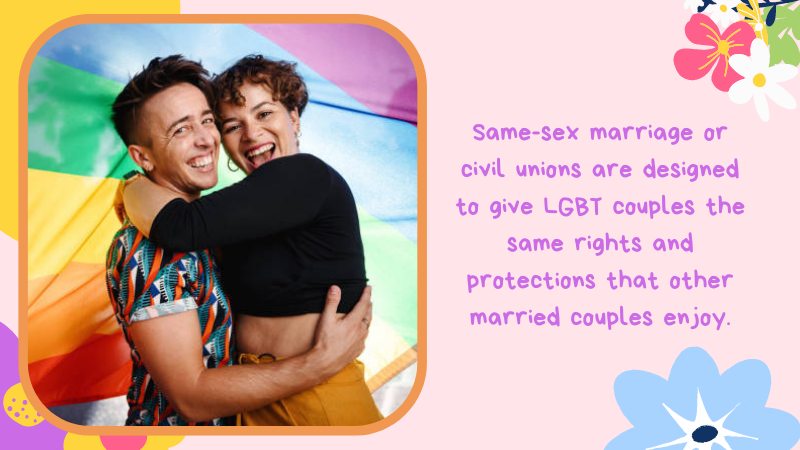
Families come in many forms, and people’s family paths are unique. Anyone who wants a family should have equal access to any option that works best for them. No matter how one may experience parenthood, these families should have equal opportunities under the law. Same-sex marriage or civil unions are designed to give LGBT couples the same rights and protections as other married couples. Protecting the family you are building is vital.
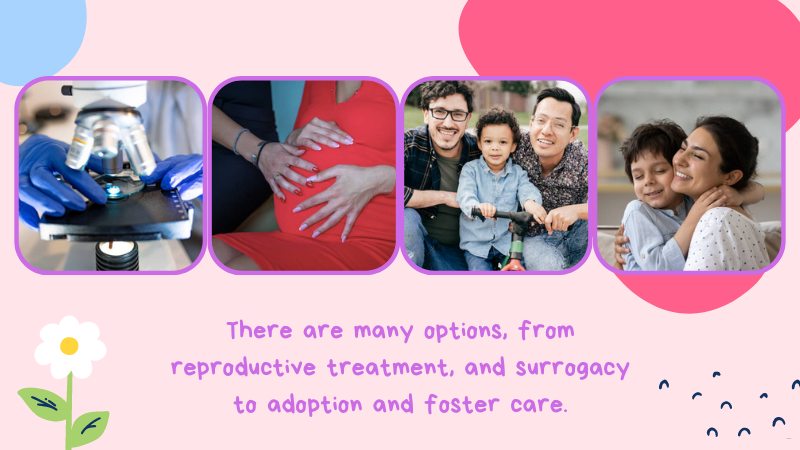
For example, those who are LGBTQ+ or gender-diverse should be given the same choices as others when it comes to having a family. However, there are a lot of options to consider. One of the most intricate steps is determining which option will work best for you and your partner or spouse. Good news: there are many options, from reproductive treatment, and surrogacy to adoption and foster care – whatever you decide on, be sure to consider all of your options before just settling on one.
2. Adoption/Foster care
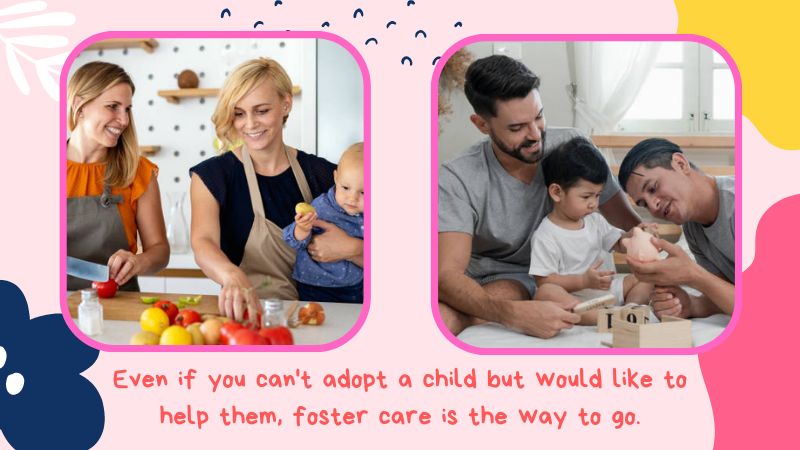
There are hundreds of children in foster care. Many of these children will never return home, at least not to their biological homes. Even if you can’t adopt a child but would like to help them, foster care is the way to go. Some people only want to foster children, and others opt for adopting a foster child. In hindsight, both require approval as a foster home, which means undergoing a home study.
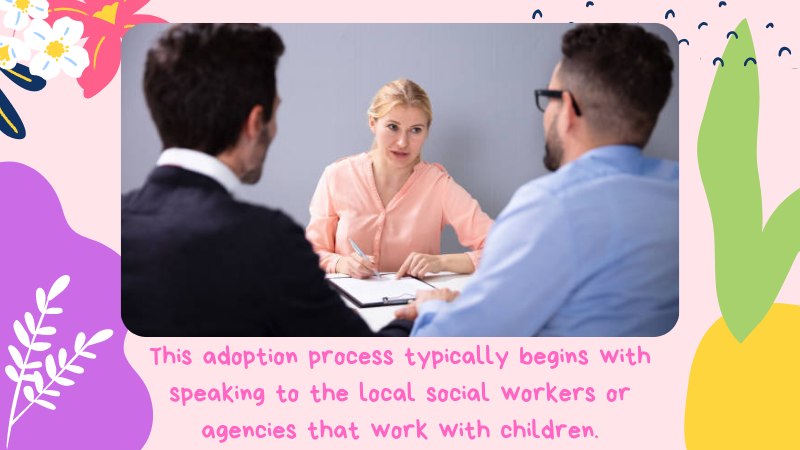
Adopting from a children’s foster care agency is different from other kinds of adoption because the process is longer and more involved. These more demanding processes often lead to higher costs but seem to provide life-changing opportunities for young people in the long run. This adoption process typically begins with speaking to the local social workers or agencies that work with children. It may be possible to find families using websites specifically designed to help match prospective families with foster kids needing adoption.
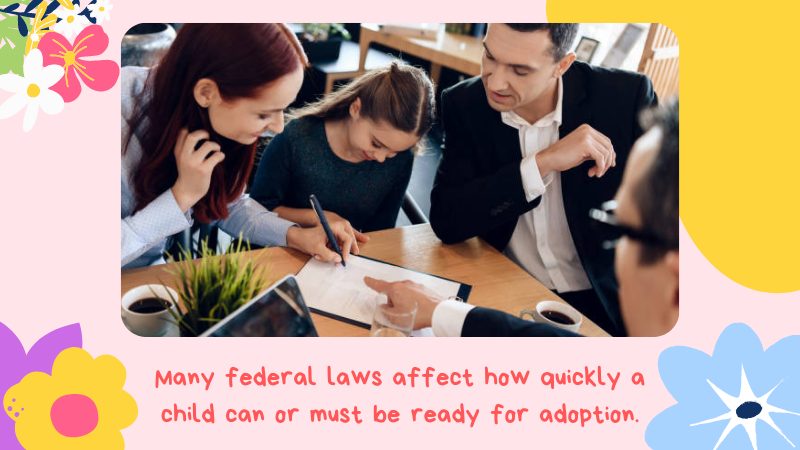
There are two different ways to adopt from foster care. Some adoptions start with children first being placed into a home with the intent of one day officially adopting them. When a child is cared for by guardians other than their biological parents and parental figures, this is termed foster parenting. This would be considered semi-formal adoption because although the caregivers are not related to the child-bearing biological relation, they have been given temporary legal custody in place of the child’s birth parents. Many federal laws affect how quickly a child can or must be ready for adoption. But during this time (whether you become their official guardian, informal caregiver, or adoptive parents), it remains the same: their welfare is at stake until all procedures are completed!
3. Egg/Sperm Donor
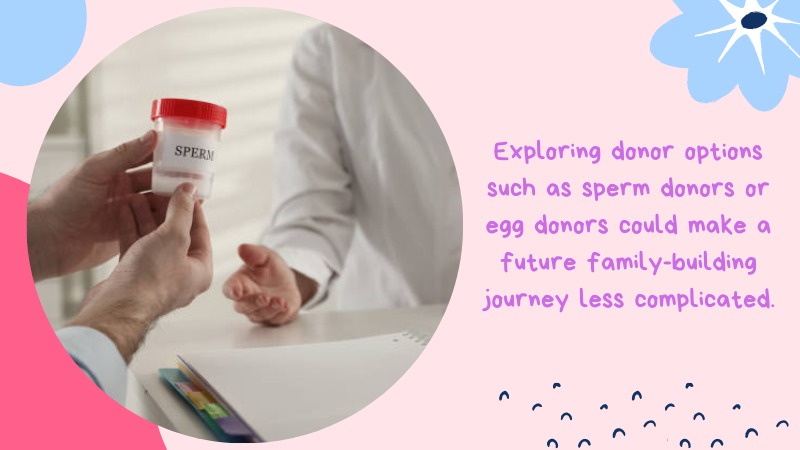
Not all LGBTQ+ parental journeys are the same. Everyone’s situation is unique, as it’s built around their specific diagnosis and financial factors. Exploring donor options such as sperm donors or egg donors could make a future family-building journey less complicated. Still, you need to be fully educated on the matter first before jumping in head first! Anonymous donor arrangements are the most common types of egg and sperm donation. Anonymous donors do not know the intended parent(s) or any other identifying information. While you will likely see a picture of any potential anonymous donor, it’ll be a baby photo. There is zero way to contact an anonymous donor through the sperm or egg bank.
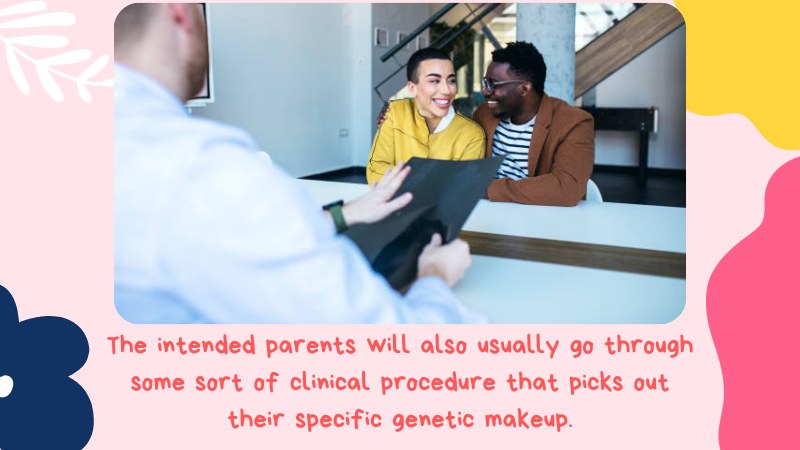
In semi-open donors, you have access to identifying information but limited contact with the donor. This arrangement can vary greatly. Typically, communication between donors and clients is through an intermediary, such as the donor agency or a law firm. The entire process is more in-depth and direct with an open donor arrangement. Potential LGBTQ parents will meet with their donors to discuss the various reproductive options available to them and can even hold consults with a couple of potential donors before making their final decision. The intended parents will also usually go through some sort of clinical procedure that picks out their specific genetic makeup to fit the priorities they desire for their family unit. Throughout this process, early communication is key between all parties involved as they help guide you towards picking a suitable donor!
4. Surrogacy and Third-Party Reproduction
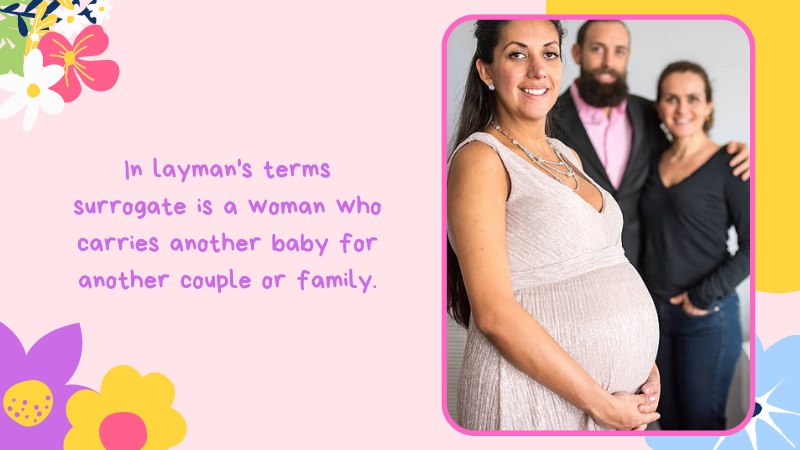
Another option is surrogacy which involves a surrogate (also called a gestational carrier) carrying a baby for another person or couple. For many, the path to parenthood is often not what they expected it to be. This is for those who have experienced a long and frustrating path of infertility. And those who knew from the beginning that it would take great effort to make their dreams of having a baby come true. However, surrogacy has been an option for many families and can actually be one of the more rewarding experiences as so many aspects will come together as planned. In layman’s terms surrogate is a woman who carries another baby for another couple or family.
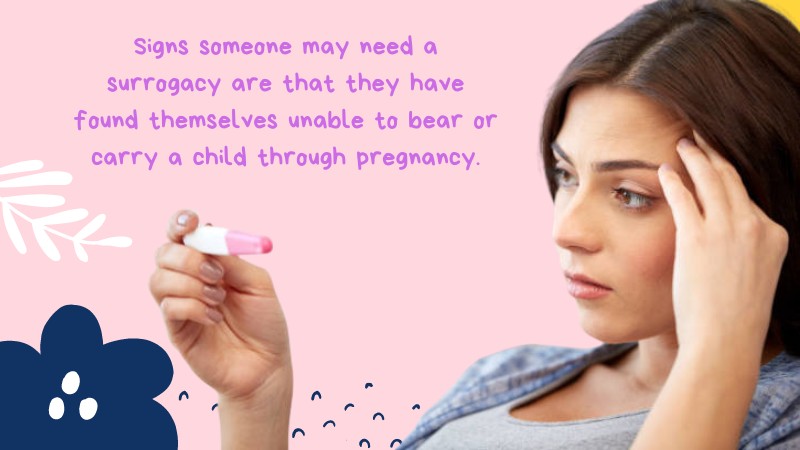
Surrogacy is an option for LGBTQ+ couples who want to have at least one parent with genetic ties to the child. The person who has the intention of parenting brings in a surrogate or gestational carrier. The carrier carries the pregnancy for this person or couple. Signs someone may need a surrogacy are that they have found themselves unable to bear or carry a child through pregnancy because they have no uterus (female), or have perhaps developed cancer. This leaves doctors unsure whether carrying would be safe, which makes LGBTQ+ couples unable to ever accomplish their dreams of having their child.
5. IUI
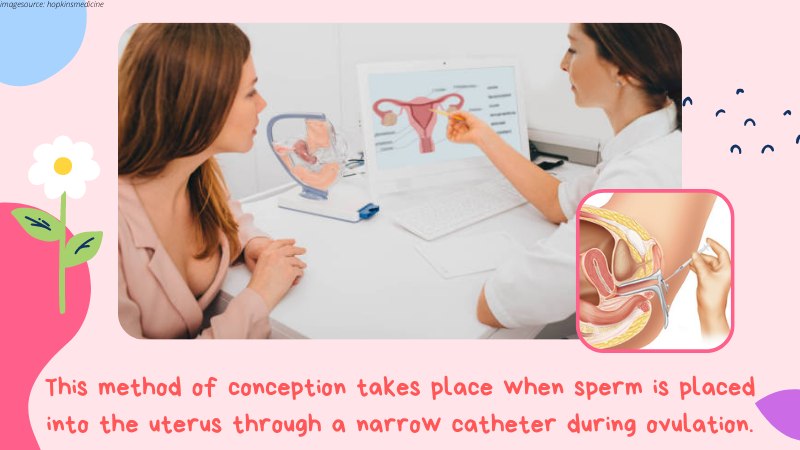
Intrauterine insemination (IUI) is a type of assisted reproductive technology and is commonly used for cases of infertility. This method of conception takes place when sperm is placed into the uterus through a narrow catheter during ovulation. The sperm can be donated by someone else or it can come from a male partner. This is processed further using special methods so that they can effectively and safely reach the egg without any harm coming to either embryo or your body! This procedure can be used for LGBTQ+ families/couples. Before this medical procedure, it’s vital that the woman is diagnosed with no hormonal imbalances and infection problems as this may disrupt her ability to conceive naturally.

IUI is usually more successful when done with sperm that has been selected and prepared by a fertility clinic. The sperm bank sends the needed number of chosen sperm to the clinic and the fertility doctor performs IUI in his office without any anesthesia (although some women report mild discomfort). It is relatively quick, however, taking only a few minutes to perform.
6. IVF
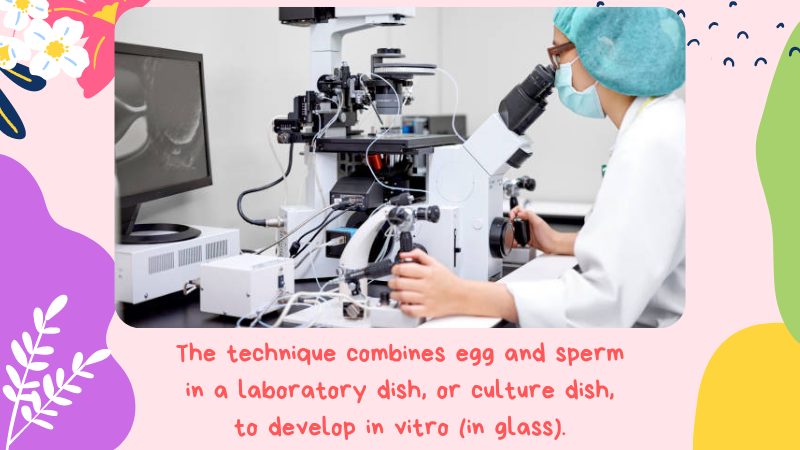
Last but not the least, In Vitro Fertilization (IVF), is a modern method used with artificial insemination to achieve pregnancy. The technique combines egg and sperm in a laboratory dish, or culture dish, to develop in vitro (in glass). Each embryo created is usually 2 to 5 cells before it is transferred into the uterus by a catheter. The embryos consist of hundreds more cells that continue to divide and grow for 4-6 days after fertilization. The goal is for an egg to be embed in the lining of the uterus. This is an essential part of making a healthy baby.

The first baby born through IVF was in England. Initially, IVF was only performed on women who could not conceive because their fallopian tubes were blocked. Or, women with other issues that made it impossible to naturally have a child. Nowadays, same-sex lesbian couples and even single women can undergo IVF to bring hope into their lives.
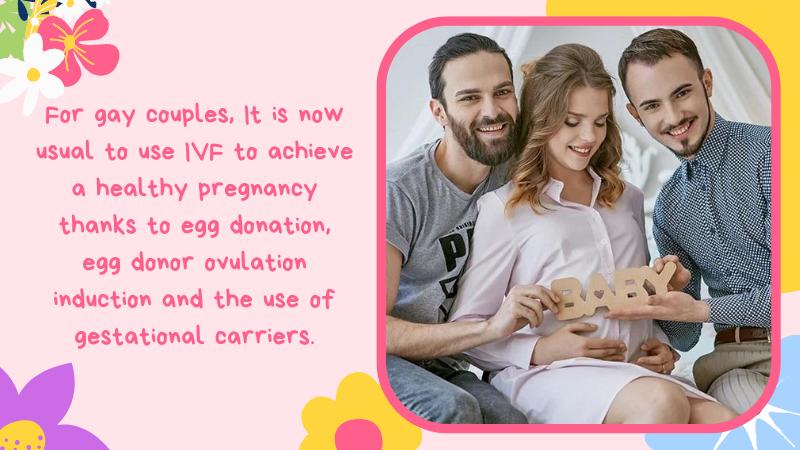
For gay couples, It is now usual to use IVF to achieve a healthy pregnancy. Thanks to egg donation, egg donor ovulation induction, and the use of gestational carriers (surrogates.
Becoming a parent doesn’t happen overnight. While it can seem easy to get yourself involved, there are routes and things you have to think about. Think carefully before setting off on your family journey! It’s important to remember that not all LGBTQ+ parents choose the same route or approach to bring up their children. Nevertheless, they all share their struggles, joys, and triumphs. Because at the end of the day, becoming a parent has a universally fulfilling effect on everyone.
Tagged With:Family planing , LGBTQ & Children , LGBTQ+ Family
- How to be a Trans Femboy Influencer in 2024
- 7 Easy Ways to Level Up Your Sexy Femboy Beauty Routine Instantly
- How to Make a Fake Pregnant Belly Look Real: Tips for Every Trimester
- Game On: Sporty Tips for Crossdressers Attending the 2024 Olympics
- How to Pose for Lewd Cosplay Photos for Crossdressers
- How to Explore Crossdresser Bondage Safely and Sensually
Established in 2009, We are a recognized manufacturer and seller of professional crossdressing products.
It is our aim to become not just the most creative manufacturer but also a very considerate seller, as we provide the best quality products for crossdressers all around the world.
















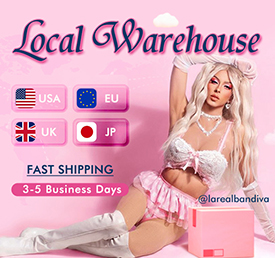







 Breast Forms
Breast Forms  Body Suit
Body Suit  Realistic Mask
Realistic Mask  Femini Girdle
Femini Girdle Hip & Butt Enhancement (8)
Hip & Butt Enhancement (8) Penis Prosthesis
Penis Prosthesis Fake Muscle
Fake Muscle Bikini
Bikini  Wig
Wig  Corsets
Corsets Course
Course service@roanyer.com
service@roanyer.com +8618652200711
+8618652200711 Facebook
Facebook YouTube
YouTube Twitter
Twitter Instagram
Instagram




